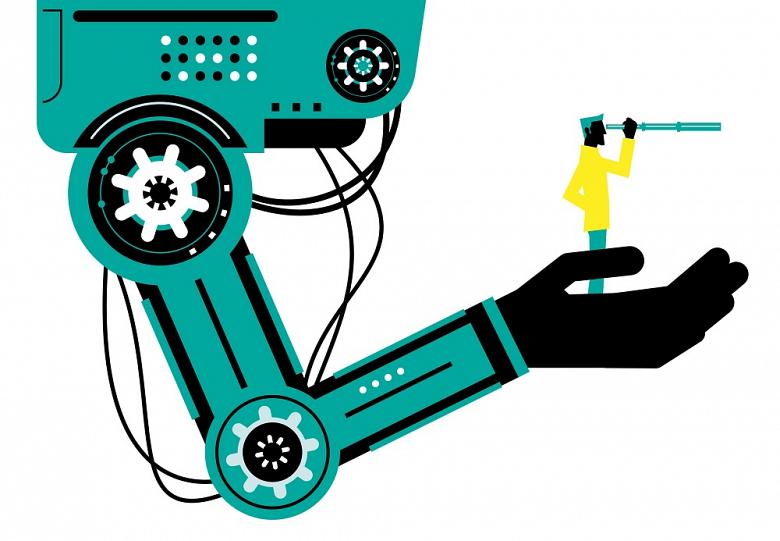
Technology keeps rolling forward, with better software, machines, and presses with more functionality, and better approaches to reducing friction.
The 1967 Beatles song “Getting Better” found its way into my consciousness recently. “It's getting better all the time. I've got to admit it's getting better. A little better all the time …”
The perpetual push to advance, improve, and upgrade is part of human nature. One minute we’re thrilled with our new recliner. The next we’re trying to figure out how to add a cupholder. Then a fuller head pillow. More lumbar support. If only the chair had motorized wheels so we didn’t actually have to get up to get another cold one….
Technology keeps rolling forward, with better software, machines and presses with more functionality, and better approaches to reducing friction. So why do businesses and their humans resist upgrading?
3D die design has been around for some time, and more recently it has included motion simulation. Yet, I am told, many stamping manufacturers and tool and die shops still rely only on 2D software to build dies.
Targeted lubricant application systems—whether they be programmable spray, rollers, proportional mixing, or any combination of thereof—clearly offer advantages in cutting lubricant waste, reducing friction more consistently and effectively, and maintaining a cleaner and safer plant environment than simply flooding dies and parts at unspecified areas. Yet many shops continue mass flooding of lubricants in their operations, even though the process means buying more lubricant, paying to do more cleanup and disposal, and risking ineffectiveness than using targeted, spot-specific lubricant application systems.
Coil set, bow, camber, wave, and other material variances have been the bane of many stampers for decades. As jobs spec material with higher and higher strengths than ever before, more effective coil levelers are called for, but some stamping shops resist spending more than a nominal amount to buy ones suited for their applications. Ergonomic machine feeders, work positioners, and pallet loaders and unloaders enhance safety and productivity, yet many stamping shops still don’t equip their workers with them.
Why? What stops people from taking advantage of better presses, upgraded machinery, newer approaches and opportunities to improve? When a new machine, equipment, and process are obviously better, why don’t companies—and their humans—embrace them?
What are the obstacles to the adoption of better mousetraps?
Cost, of course, is probably the biggest obstacle. Managers have to cost-justify a purchase, calculating the known and unknown to determine whether a piece of equipment will be a fruitful investment.
Unfamiliarity is another. Ironically, resisting change is also part of human nature. We are hard-wired to wary of the new wolf entering our pack, the higher branch to climb, the halt to our hunt.
Admittedly, I’m sometimes guilty of resisting change too. It’s befuddling when it seems that I’ve just gotten used to some new editing process or software and hit my stride when I have to learn a new one.
In the July/August issue of STAMPING Journal, you’ll find articles about new motion simulation in design software, more effective lubricant application systems, and better leveling equipment.
You’ll also find a story about Tripar Stamping in its third generation. A company does not survive and grow for 70 years without adapting and upgrading. The owners had to find the balance between retaining the sure shot and adopting the new.
From thefabricator
By KATE BACHMAN









































